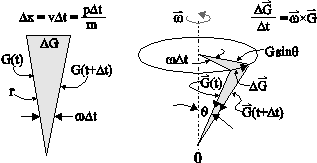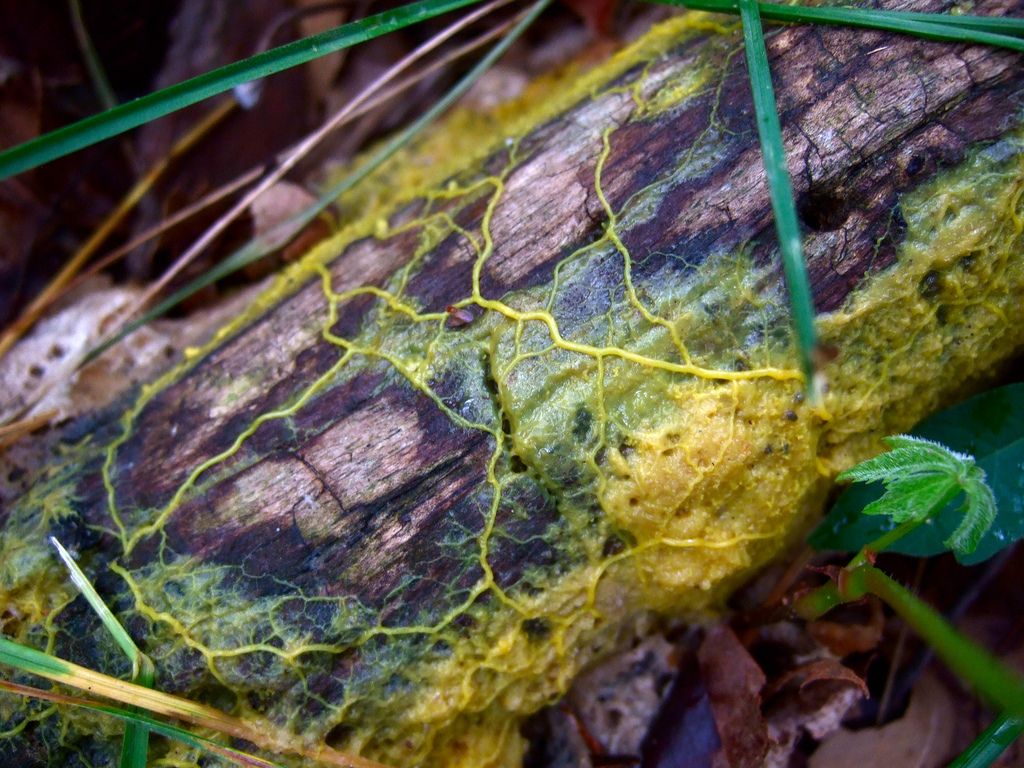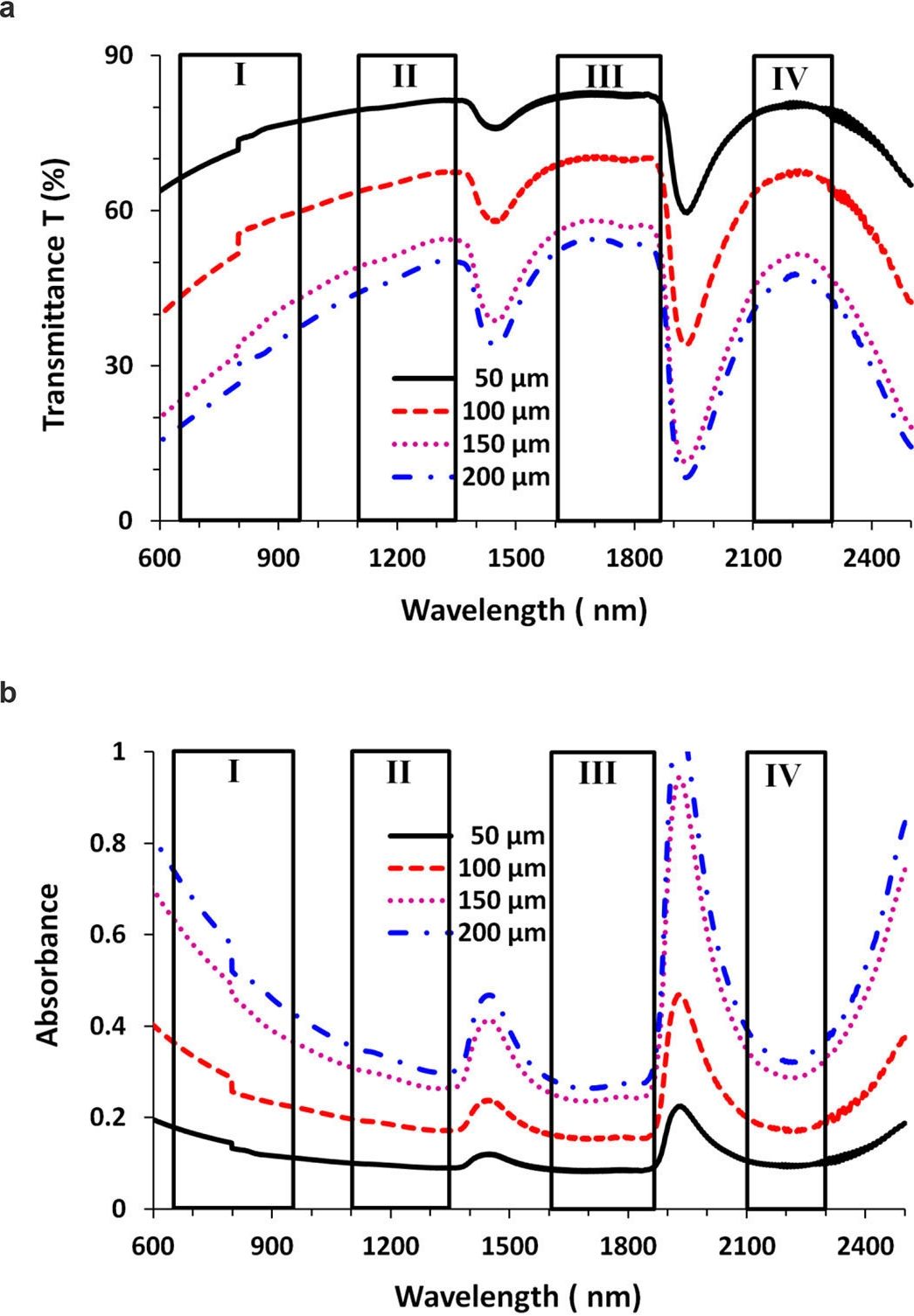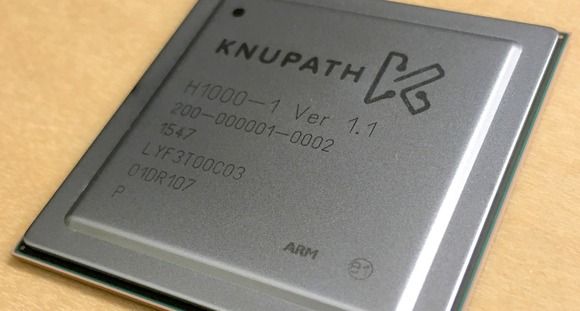Archive for the ‘neuroscience’ category: Page 841
Jun 8, 2016
The Syntellect Emergence #SyntellectHypothesis
Posted by Shailesh Prasad in categories: evolution, neuroscience

The Syntellect Hypothesis: Five Paradigms of the Mind’s Evolution, Book Trailer, more info: www.ecstadelic.net
Jun 8, 2016
Air pollution can mess up your brain
Posted by Karen Hurst in categories: biotech/medical, health, life extension, neuroscience
I am not surprised at all by this finding given the other issues with pollution such as cancer from carcinogens, asthma, sinus infections, etc.
Air pollution is a known culprit in lung and heart disease. Fine particulate matter, tiny particles, 1/30th the width of a human hair, are released into the air by power plants, factories, cars and trucks. These fine particles somehow invade the body’s defenses and do the most damage. Air quality is worst in urban areas with increased traffic. New research points out that air pollution negatively affects brain and cognitive development in young children and teenagers.
Moreover, Jennifer Weuve, an assistant professor of internal medicine at Rush Medical College, found that older women who had been exposed to high levels of the pollution experienced greater cognitive decline compared with other women their age (Archives of Internal Medicine, 2012). Other studies cite black carbon in the form of soot as a cause of cognitive decline in an aging population for both men and women. Simply put: Dirty air messes up the brain.
Jun 8, 2016
Slime mold gives insight into the intelligence of neuron-less organisms
Posted by Karen Hurst in categories: bioengineering, neuroscience
How do organisms without brains make decisions? Most of life is brainless and the vast majority of organisms on Earth lack neurons altogether. Plants, fungi and bacteria must all cope with the same problem as humans — to make the best choices in a complex and ever-changing world or risk dying — without the help of a simple nervous system in many cases.
A team of researchers from New Jersey Institute of Technology (NJIT), the University of Sydney, the University of Sheffield and the University of Leeds recently studied this problem in the unicellular slime mold, Physarum polycephalum, a single-cell organism that can grow to several square meters in size. This giant cell, which typically lives in shady, cool and moist areas of temperate forests, spreads out to search its environment like an amoeba, extending oozy tendrils along the forest floor in search of its prey of fungi, bacteria and decaying vegetable matter.
Neither plant, animal nor fungus, P. polycephalum has become an unlikely candidate for studies of cognition, due to its spectacular problem-solving abilities. In recent studies, Physarum has been shown to solve labyrinth mazes, make complicated trade-offs, anticipate periodic events, remember where it has been, construct transport networks that have similar efficiency to those designed by human engineers and even make irrational decisions — a capability that has long been viewed as a by-product of brain circuitry.
Continue reading “Slime mold gives insight into the intelligence of neuron-less organisms” »
Jun 8, 2016
An optical window for deep brain imaging
Posted by Karen Hurst in categories: biotech/medical, neuroscience
Very nice; researchers have now discovered a method for viewing deep brain imaging through using NIR light at wavelengths of 1600–1870nm Very big deal especially for patients with things like Giloblastoma Multiforme (GBM), and other neuro disorders and diseases.
I remember when my two aunts suffered from GBM, and many doctors could not get iimaging view in some areas of my aunts brains which would have been beneficial in understanding how ingrain the GBM was in their brain cells. So, hopefully this finding will help others in getting better answers to diseases like GBM and in turn better treatment as well developed.
Near-IR light at wavelengths of 1600–1870nm offers the best transmittance for deep brain imaging.
Continue reading “An optical window for deep brain imaging” »
Jun 8, 2016
E.O. Wilson Chases The ‘Great Riddle’ Of Human Existence
Posted by Bruce Dorminey in categories: cosmology, neuroscience
For those who missed my 2014 review of E.O. Wilson’s book, “The Meaning of Human Existence.”
With a title as audacious as “The Meaning of Human Existence,” even a casual reader couldn’t be faulted for expecting a veritable Rosetta Stone to the cosmos and life as we know it. But in his latest book, Edward O. Wilson offers no philosophically-satisfying answers to this age-old “existence” question. And maybe that’s his point.
After all, the ability to ponder our own existence is at once a blessing and a curse. Neither sharks nor swallows seem to worry about too much more than their next meal. Yet in fifteen chapters, Wilson — a renowned biologist, naturalist, author and Harvard University professor emeritus, strips humanity of its soul.
Continue reading “E.O. Wilson Chases The ‘Great Riddle’ Of Human Existence” »
Jun 7, 2016
IARPA exploring deceptive cyber defenses
Posted by Karen Hurst in categories: cybercrime/malcode, neuroscience
The intelligence community’s research arm is looking for information on techniques that use deception and misinformation to protect data and systems from cyberattacks.
Jun 6, 2016
Elon Musk thinks we should insert ‘neural laces’ into our brains so we can become cyborgs
Posted by Karen Hurst in categories: cyborgs, Elon Musk, neuroscience, robotics/AI, singularity
Too funny; 2 days ago the article was that Musk feared the future of Singularity and Cyborgs; now he believes that we should become cyborgs. Musk needs to make his mind up; however, I am beginning to wonder about him.
Related: Elon Musk thinks we’re basically living in the Matrix, and we should be glad about it
This week, in a conversation at Recode’s annual Code Conference, Musk shared a tentative idea for something called “neural laces,” which he imagines could mitigate the risk of humanity becoming something of a pet to superintelligence.
Jun 6, 2016
A former NASA chief just launched this AI startup to turbocharge neural computing
Posted by Karen Hurst in categories: biological, computing, military, neuroscience, robotics/AI, security
Good for him.
A new company launched Monday by former NASA chief Dan Goldin aims to deliver a major boost to the field of neural computing.
KnuEdge’s debut comes after 10 years in stealth; formerly it was called Intellisis. Now, along with its launch, it’s introducing two products focused on neural computing: KnuVerse, software that focuses on military-grade voice recognition and authentication, and KnuPath, a processor designed to offer a new architecture for neural computing.
Jun 6, 2016
Future fighter pilot training may include brain surgery
Posted by Karen Hurst in categories: biotech/medical, military, neuroscience
Researchers from the University of Melbourne are developing a minimally invasive brain-machine interface that DARPA hopes to use in fighter jets.
















